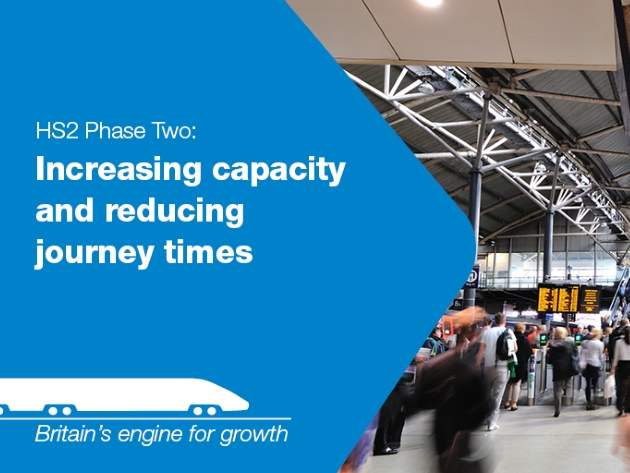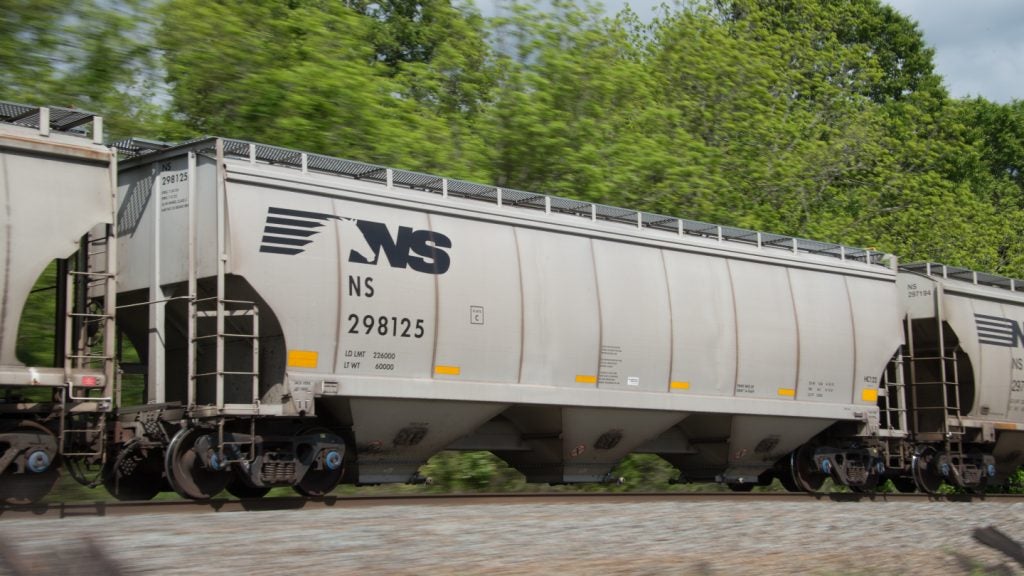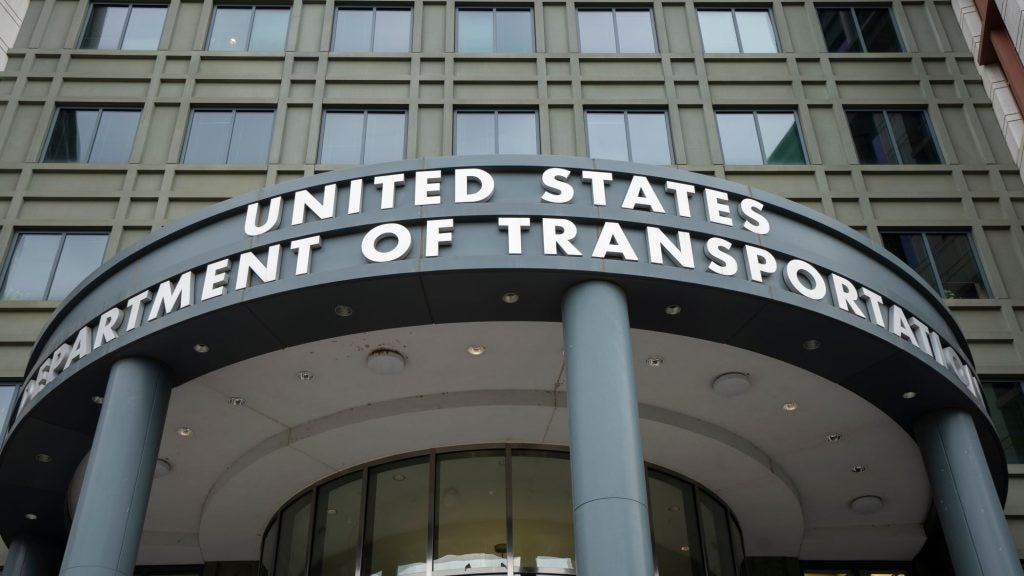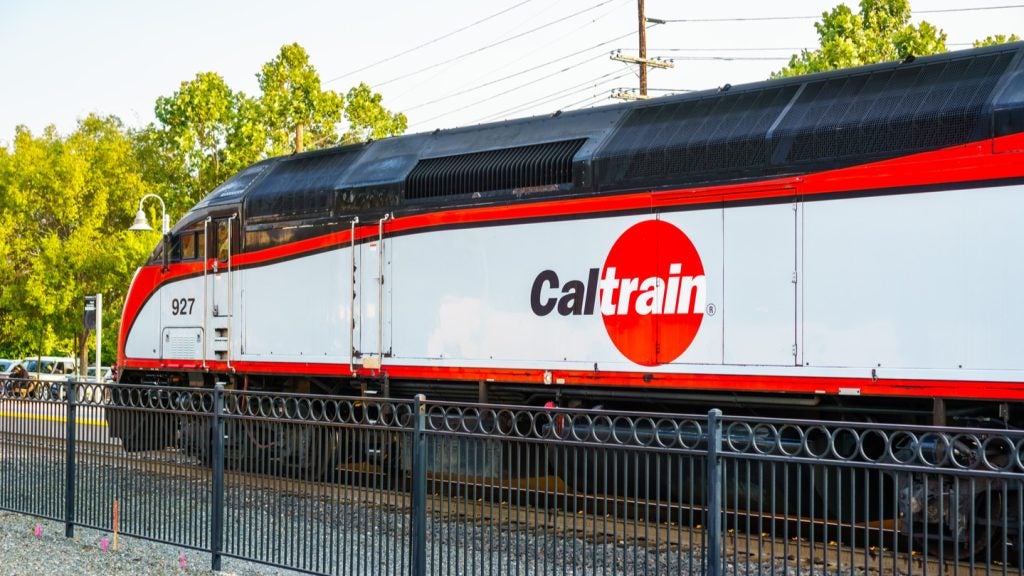

The UK’s High-Speed 2 (HS2) project, which will see a high-speed rail (HSR) spine running at speeds of up to 250mph from London to Birmingham before splitting into two branches connecting Manchester and Leeds, has proven resilient in the face of a great deal of uncertainty and opposition.
The project has also exemplified the challenge of developing a major infrastructure scheme in a highly developed democracy, having withstood delays, legal challenges and fraught public consultations.
With plans now unveiled and under consultation for HS2’s Phase 2b, which will eventually create HSR branches from Crewe to Manchester and from Birmingham to Leeds, this nearly £60bn titan remains on track to modernise England’s rail network over the next two decades, despite steadfast resistance from some quarters and the endless complexities of an infrastructure undertaking on this scale.
HS2: still a hot topic
The government and HS2 proponents emphasise that the project will massively reduce journey times between some of the UK’s key cities, with Manchester accessible from Birmingham in just 41 minutes, less than half of the current 90-minute journey time.
These benefits won’t be completely realised until HS2 fully completes in 2033; the line from London Euston to Birmingham (Phase 1) is set to complete in 2026, with the second phase’s first stage from Birmingham to Crewe (Phase 2a) launching a year later, and the full Y-shaped network (Phase 2b) opening six years after that.
How well do you really know your competitors?
Access the most comprehensive Company Profiles on the market, powered by GlobalData. Save hours of research. Gain competitive edge.

Thank you!
Your download email will arrive shortly
Not ready to buy yet? Download a free sample
We are confident about the unique quality of our Company Profiles. However, we want you to make the most beneficial decision for your business, so we offer a free sample that you can download by submitting the below form
By GlobalDataNevertheless, the project’s supporters also argue that the need to find a long-term solution to the country’s overcrowding problem on intercity services – the West Coast Main Line is set to hit full capacity in 2025 – is too urgent to ignore. A completed HS2 would mean 15,000 seats an hour between London and the cities of Birmingham, Manchester and Liverpool, trebling the 5,000 available today, or 48 trains every hour rather than 29.
“Our railways owe much to the Victorian engineers who pioneered them, but we cannot rest on their legacy when we face overcrowding and capacity problems,” said Secretary of State for Transport Chris Grayling in November, adding in a recent House of Commons speech that “[HS2] means better transport connections and capacity, more jobs, more training opportunities, and just as importantly, it will link centres of innovation and opportunity in the cities and regions in the Midlands and the north, and of our knowledge economy.”
Staunch opponents of HS2, meanwhile, claim the project is a £55.7bn white elephant-in-waiting that is due to run billions over budget, with a poor business case. Critics claim future passenger growth projections are overblown, and that the capacity added by HS2 is neither incremental (with no capacity benefits before the first phase opens in the mid-2020s) nor properly prioritised, with commuter and regional lines more in need of capacity boosts than intercity services.
“Whether it be about capacity, regional regeneration, the business case or the green credentials, all the arguments for HS2 are built on sand,” said grassroots activist group Stop HS2’s campaign manager Joe Rukin. “With seemingly never-ending cost increases and de-scoping of the project, the people who are making the decisions need to be reminded just how bad that case is, before they commit us to this grand folly.”
2b or not 2b?
But in spite of the project’s seemingly constant embattled state, the government (or more accurately, three governments since the initial HS2 proposal in 2009) is as determined as ever to push ahead with this historic infrastructure plan. Grayling was firm in a speech delivered at the Transport Times HS2 Conference in October.
“We’re not backing away from HS2,” Grayling said. “The case is as strong as ever. We need this railway.”
With this in mind, in November Grayling set out the near-final route for Phase 2b of HS2, which would see the HSR line extend from Crewe to Manchester on one branch, and from the West Midlands to Leeds on another. The government’s preferred route for Phase 2b has been refined based on lessons learned during the planning of Phases 1 and 2a, and to reflect the feedback received during a public consultation period between July 2013 and January 2014.
Changes on the western branch of Phase 2b include the relocation of a rolling stock depot from Golborne to a site north of Crewe, the realignment of the route near Northwich 800m to the west to address concerns over ground conditions, and adjusting the line’s approach to Manchester Piccadilly station to “make the station operate more efficiently and reduce flood risk”.
On the eastern branch, the revisions are more extensive. The line will now skirt around the edge of Measham, Leicestershire to limit impacts on the village’s properties and businesses, while East Midlands Airport will also be circumvented to prevent the need for costly tunnelling work under the aviation hub. The route has also been amended through Long Eaton, Derbyshire to “address local concerns over creating a physical barrier through the town and impacting on the road network”, although Grayling has not yet revealed which of two proposed options he will pursue in the town.
The largest change is a new alignment on the eastern branch, shifting the line 70km from Derbyshire to West Yorkshire, as the government has abandoned plans to create a purpose-built park-and-ride station at Meadowhall. Instead, the route will pass through more open countryside following the M1 and M18 motorways to call at Sheffield Midland, the busiest rail station in South Yorkshire. The revised route, the government says, will involve fewer home demolitions and save around £1bn, although a new total project cost has not been announced to reflect that saving.
Blight or flight: troubleshooting the Phase 2b route
The reaction to the revised route, which is now in open consultation until 9 March next year, serves as a microcosm for the wider PR difficulties through which HS2 is labouring. The changes to the route have addressed some concerns from homeowners who will be affected by the project’s mammoth construction phase, but other communities have found the sword of Damocles swinging in their direction.
HS2’s new route into Sheffield takes it through the town of Mexborough in South Yorkshire, where 400 residents of the recently completed Shimmer housing estate now look more likely to have to sell their new properties to the government for demolition.
“We want to do the right thing by those people but of course it’s not possible to make the kind of investment we need in the future of our transport system without some impact on people,” Grayling said in an interview with BBC Radio 4’s Today programme.
Other communities have objections of an opposing nature. The local council in Warrington, located 20 miles west of Manchester, has described the revised route as “all pain and no economic or environmental gain for residents and businesses” as the line has not incorporated a new HSR hub station in the town.
The gauntlet of accusations and conflicting priorities that HS2 has been running through is impossible to navigate while keeping all stakeholders happy, and the government has worked hard to adjust its plans based on public consultations and explore alternative options wherever possible. In the case of Phase 2b, it commissioned Atkins to produce a report on strategic alternatives to the route. The report concluded that “the total benefits provided by the alternatives are less than for HS2 Phase 2b”, ranking them slightly or significantly lower than the Phase 2b plan for seat capacity, journey times and passenger benefits.
The government is also attempting to bring as much clarity as possible to homeowners who may be affected by the works, and last month Grayling announced to Parliament the launch of the Express Purchase scheme and the Need to Sell scheme. The former will allow affected homeowners to sell their houses to the government earlier than would be previously possible, at an ‘unblighted’ (i.e. pre-HS2) price as well as a ‘home loss’ payment amounting to 10% of the property’s market value and covering moving costs. Need to Sell facilitates the selling of properties – no matter how far from HS2 sites – whose values have been lowered by HS2 despite urgently needing to be sold. The government will buy qualifying houses for their full market value if this is the case.
Persuading a nation
Still, opposition to HS2 as a whole has become somewhat entrenched, with a poll run by the ITV Tonight programme finding that just 15% of respondents thought the project worth its cost, while only a third of those polled thought it would benefit the north of England, which was one of the government’s main selling points for HS2.
“After six and a half years of trying to con people into thinking HS2 is a good idea, public support for this white elephant is at an all-time low,” said Stop HS2’s Joe Rukin. “It’s clear the spin from Government isn’t working as not only do only 15% think it’ll be worth the money, they’ve also seen through the spin, with the vast majority thinking it won’t benefit commuters, it won’t benefit the north and it will lead to an increase in the cost of train tickets.”
The government has repeated its contention that HS2 will connect up with and improve northern rail networks – “[HS2] is not going to be a separate, standalone railway, but an integral part of our nation’s future rail network and overall transport infrastructure”, Grayling told Parliament in November – but resistance and generalised mistrust of the scheme remains strong.
Having recently handed out £900m worth of contracts for preparatory work on Phase 1 – full construction of which is set to start next year – the point of no return may have been reached for HS2. Whether the new infrastructure turns out to be a nationwide boon or a hubris-driven white elephant won’t become clear for decades. So for now, if the UK government is as determined to make HS2 happen as it appears to be, one of its main tasks is to persuade the British public that it is a worthwhile pursuit that will bring real economic and transport benefits for generations to come, and not the ill-conceived prestige project of a government looking to make its mark.






